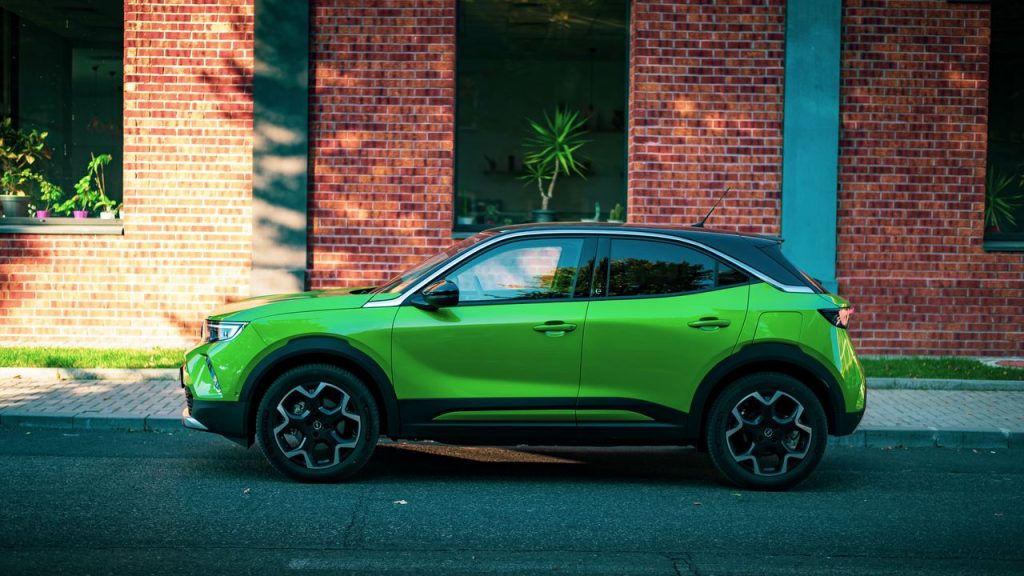The Concept of Vehicle-to-Grid (V2G) Technology: Revolutionizing Energy Management
As the world continues to seek sustainable solutions for energy consumption, vehicle-to-grid (V2G) technology has emerged as a promising innovation. V2G technology enables the bidirectional flow of electricity between electric vehicles (EVs) and the power grid, allowing EVs to not only consume energy but also contribute back to the grid when needed. This concept opens up a world of possibilities for efficient energy management and grid integration.
V2G Applications
V2G technology offers a range of applications that can benefit both EV owners and the power grid. Let’s explore some of the key applications:
- Grid Integration: One of the primary advantages of V2G technology is its ability to integrate EVs into the existing power grid. EVs can act as distributed energy resources, providing support during peak demand periods or grid emergencies. By utilizing the energy stored in EV batteries, the grid can stabilize fluctuations and ensure a reliable power supply.
- Renewable Energy Integration: V2G technology can play a crucial role in the integration of renewable energy sources, such as solar and wind, into the grid. EVs can store excess renewable energy during periods of high generation and release it back to the grid when renewable energy production is low. This helps to balance the intermittent nature of renewable energy sources and reduce reliance on fossil fuel-based power plants.
- Energy Cost Management: With V2G technology, EV owners can take advantage of time-of-use pricing. They can charge their vehicles during off-peak hours when electricity rates are lower and discharge energy back to the grid during peak hours when rates are higher. This not only reduces the cost of charging the EV but also provides an additional source of income for the vehicle owner.
- Backup Power Supply: In the event of a power outage or natural disaster, V2G-enabled EVs can serve as temporary backup power sources. The stored energy in EV batteries can be used to power homes, businesses, or critical infrastructure, ensuring uninterrupted electricity supply during emergencies.
V2G and Grid Integration
V2G technology has the potential to revolutionize grid integration by enabling a more flexible and resilient power system. Here are some key aspects of V2G and its impact on grid integration:
Load Balancing:
By utilizing the energy stored in EV batteries, V2G technology can help balance the load on the grid. During periods of high demand, EVs can discharge energy to the grid, reducing the strain on power plants and distribution infrastructure. This load balancing capability ensures a more stable and efficient grid operation.
Peak Demand Management:
Peak demand periods pose a significant challenge for grid operators. V2G technology can help manage peak demand by allowing EVs to supply electricity to the grid when demand exceeds supply. This reduces the need for additional power generation capacity and helps prevent blackouts or brownouts during peak hours.
Grid Stability:
V2G technology enhances grid stability by providing ancillary services such as frequency regulation and voltage support. EVs can respond quickly to grid signals and adjust their charging or discharging rates to maintain grid stability. This flexibility improves the overall reliability and resilience of the power system.
Reduced Infrastructure Investment:
By leveraging the existing EV charging infrastructure, V2G technology eliminates the need for significant investments in additional grid infrastructure. The bidirectional flow of electricity between EVs and the grid maximizes the utilization of existing resources, resulting in cost savings for both utilities and consumers.
In Conclusion
Vehicle-to-grid (V2G) technology holds immense potential for transforming the way we manage and integrate energy. From grid stabilization to renewable energy integration and cost management, V2G applications are diverse and impactful. As the world transitions towards a sustainable energy future, V2G technology will play a crucial role in achieving a more efficient, resilient, and environmentally friendly power system.


